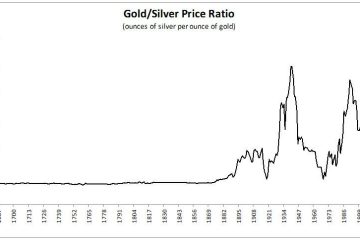Understanding the Current Trends in Oil Prices

Introduction
The global oil market has always been a critical barometer of economic health, influencing everything from transportation costs to energy production. With the ongoing shifts in geopolitical landscapes and climate policies, the dynamics of oil prices are in constant flux, making it paramount for businesses, governments, and individuals alike to stay informed about these changes.
Recent Developments in Oil Prices
As of October 2023, oil prices have shown considerable volatility. In recent months, Brent crude oil has fluctuated between $85 and $95 per barrel, reflecting a blend of demand recovery post-COVID pandemic and geopolitical tensions in regions rich in oil reserves, such as the Middle East and Eastern Europe. The disruption caused by Russia’s ongoing conflict with Ukraine has particularly strained global oil supplies and triggered higher prices across many regions.
Additionally, OPEC+ (the Organization of the Petroleum Exporting Countries and their allies) has recently announced production cuts aimed at stabilizing the market amidst rising inventory levels in the United States and unprecedented demand drops in certain economies. Analysts predict that these decisions will significantly influence oil prices through the end of the year.
Economic Impact and Future Outlook
The surge in oil prices has far-reaching implications for global economies. High oil prices lead to increased transportation costs, which can trickle down to consumer prices, impacting inflation rates. As countries grapple with high inflation, energy-dependent economies, particularly in North America and Europe, are experiencing challenges. The ongoing adjustments to energy policies and the push for renewable energy sources add another layer of complexity to this already volatile situation.
Looking ahead, experts suggest that oil prices may stabilize, provided that geopolitical tensions ease and the global economy grows at a healthy rate. However, the transition to green energy initiatives might also influence demand for oil in the long term. This duality of short-term volatility and long-term transformation in the energy market creates a compelling narrative for investors and consumers alike.
Conclusion
In conclusion, tracking the current trends in oil prices is essential given their significant impact on economies worldwide. Understanding these dynamics can help consumers and businesses make informed decisions. As we anticipate shifts in market responses and geopolitical developments, the potential for both opportunities and risks remains high. Analysts urge stakeholders to stay vigilant, as the landscape of global oil dynamics can change rapidly.








